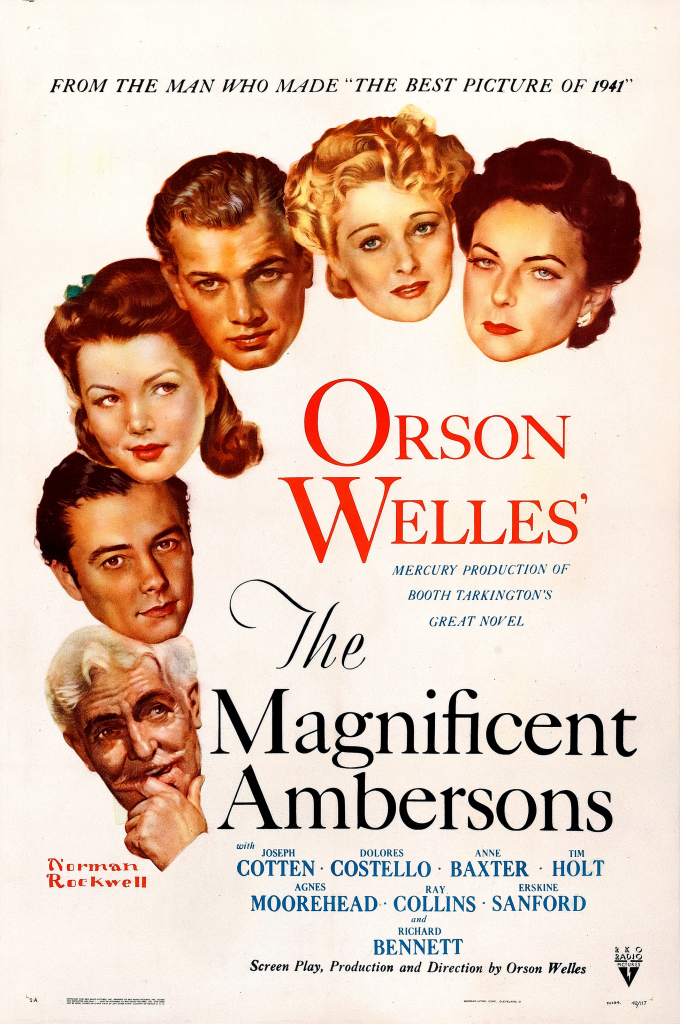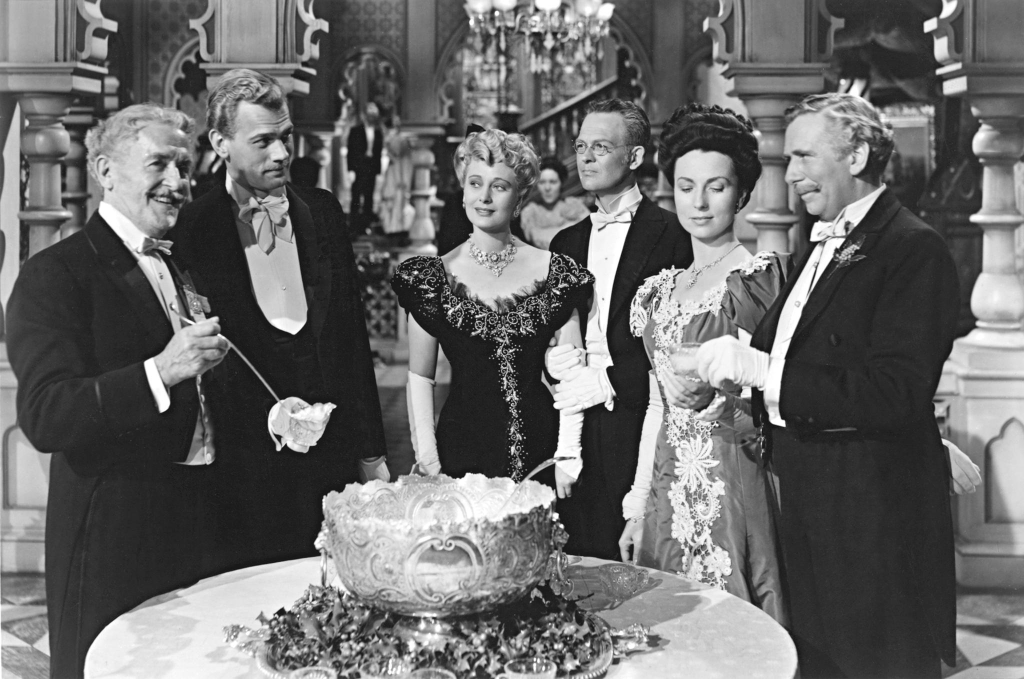AI startup Fable recently unveiled an audacious plan: to use its new AI narrative model to recreate the 43 minutes of lost footage from Orson Welles’ The Magnificent Ambersons. Best known for its platform that lets users generate animated content from prompts, Fable is now aiming to showcase the potential of its technology by attempting to digitally restore one of Hollywood’s most famous “lost masterpieces.” Filmmaker Brian Rose, who has spent years researching Welles’ original vision, will spearhead the effort over the next two years.

Source: wikipedia.org.
The choice of Ambersons is curious but deliberate. While Citizen Kane cemented Welles’ place in film history, Ambersons became a symbol of artistic loss after studio executives slashed it, cut critical sequences, and tacked on an artificial happy ending. Its reputation as a masterpiece undone has long fascinated cinephiles, making it a natural target for a digital resurrection. Yet, Fable’s project faces a glaring obstacle: it has not secured the rights to the film, nor has it consulted Welles’ estate.
That omission has sparked sharp criticism. David Reeder, who represents Welles’ daughter Beatrice, dismissed the project as a publicity stunt exploiting Welles’ genius without approval. He argued the effort will only produce a mechanical imitation, stripped of Welles’ originality.

Source: wikipedia.org.
While the estate itself is open to AI — even exploring voice models for commercial use — it bristled at being excluded from such a high-profile undertaking.
Fable, for its part, insists the project blends AI with traditional filmmaking, even planning to reshoot some scenes with actors whose faces will be digitally replaced by AI reconstructions of the original cast. Rose has described his motivation as honoring Welles, lamenting the destruction of a legendary long-tracking shot as a cultural tragedy. But critics point out that no AI recreation, however convincing, can ever recover the artistry of Welles’ original footage.

Source: showrunner.xyz.
Ultimately, the project raises profound questions about authenticity, ownership, and the limits of AI in preserving cultural history. While Rose’s intentions may be sincere, what emerges will inevitably be a new creation, not Welles’ lost masterpiece. Without the rights, approval, or original material, Fable’s reconstructed Ambersons risks being remembered less as a triumph of technology and more as a provocative thought experiment in the uneasy relationship between art and artificial intelligence.




